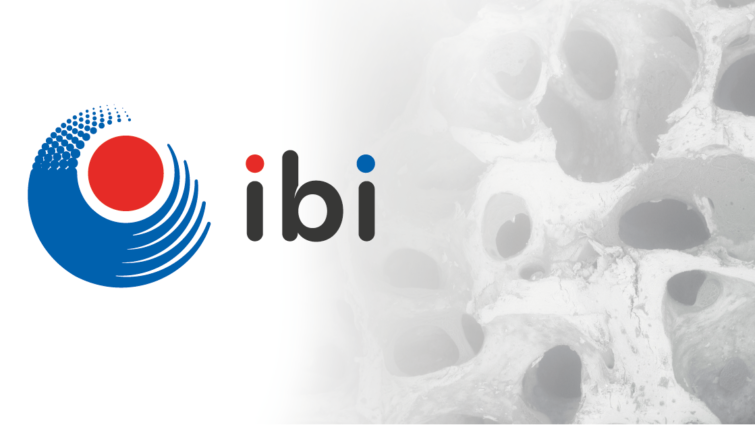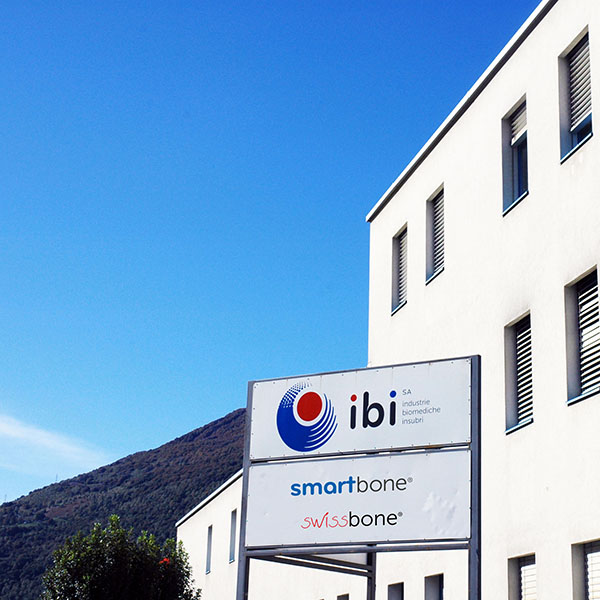CLOSE

Journal:
JOINT CONFERENCE OF THE CZECH AND SLOVAK NEUROSCIENCE SOCIETIES
Author:
G. Pertici, M. Muller, F. Crivelli, G. Perale.
Link:

Scaffolds for bone tissue engineering should ensure both mechanical stability and adequate strength. Moreover, their intimate structure should have an interconnected porous network for cell migration and proliferation, while also providing specific signals tor bone regeneration and induction. A composite solution, based on a novel concept of biomaterial assembly and bearing cues from both minerai components and polymeric ones, was here followed to develop a new 3D bone scaffold. Bovine derived minerai matrix was used to previde adequate 3D-structure and porosity while resorbable biopolymer permit to achieve good mechanical properties and bioactive agents promote cell adhesion and proliferation. Microstructure was evaluated by E/SEM imaging confirming a very strong resemblance with human cortical bone. Monoaxial compression test evidenced a 28MPa (averaged) maximum stress capability, 3 times higher then best available pure bovine derived bone, and an overall behaviour typical of open cellular structures, where a first pseudo-linear and pseudoelastic behaviour, due to structural resistance, is followed by oscillating behaviour due to progressive breakage of structure and consequent compacting of matrix. Moreover, this new scaffold resulted feasible tor reconstructive arai and maxillo-facial surgery, being both easy to shape and resistant to screws and fixation manoeuvres. From a biologica! point of view, citocompatibility and cell viability were very positively assessed in vitro with standard SAOS-2 line cells, bovine derived chondrocytes and finally human line MG63 cells, resulting in all cases fully comparable to controls. Histological analysis proved further confirmation of matrix structure resembling human bone and sections performed on matrixes seeded with the aforementioned cells showed cells colonizing pores within the inner volume of the matrix. Data collected represent a positive proof of concept tor the developed process and the application of this new type of matrix as scaffold tor bone tissue regeneration and reconstructive surgery.

IBI SA
Industrie Biomediche Insubri SA
via Cantonale 67, CH-6805 Mezzovico-Vira, Switzerland
t. +41 91 93.06.640
f. +41 91 220.70.00